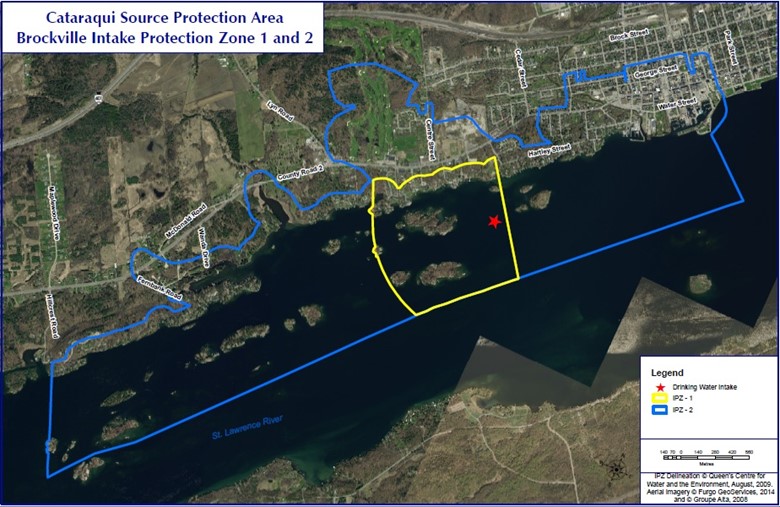The Ontario Clean Water Act, 2006 established local source protection committees responsible for developing source protection plans. The Cataraqui Source Protection Authority is one of three authorities overseeing the Township of Elizabethtown-Kitley, alongside the Rideau Valley/Mississippi and South Nation authorities. The Act outlines the guidelines for source water protection plans, which include education and outreach policies that municipalities and other organizations must implement to help protect drinking water sources.
Source water protection aligns directly with both the Township’s vision and mission statements, as it works to safeguard the Township’s sensitive groundwater resources. It also supports the protection of the City of Brockville’s Intake Protection Zone, which falls within the Township’s boundaries.
The City's municipal drinking water system provides piped water to residents of the City as well as to select properties located west of the City limits, within the Township.

